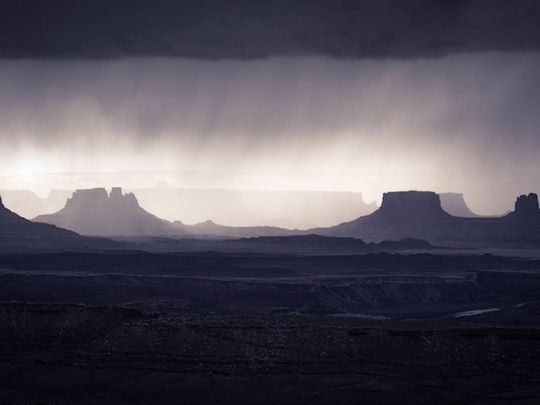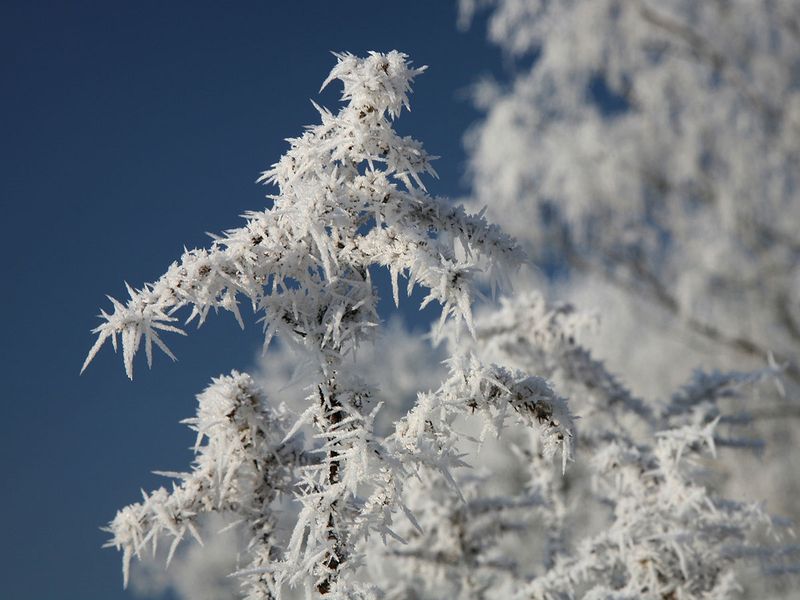
You might be familiar with mist, rain and snow. But what about hoarfrost, virgas and freezing rain?
Click start to play today’s Crossword, where you can identify various forms of precipitation.
When water vapour builds up in the Earth’s atmosphere, it can manifest in various ways. While precipitation often falls as a liquid (rain) or a solid (snow), the world’s vast and varied climates allow for different, sometimes incredible, ways for the water to condense.
For instance, while driving along on a road trip to Hatta or Fujairah, you may have noticed streaks or shafts extending from the bottom of clouds in the far distance. These are virgas, commonly seen over desert landscapes, where low humidity and high temperatures cause rain to evaporate rapidly, just as they are released from clouds. In other words, virga is rain that never touches the ground!
The word virga is derived from Latin, and means “twig” or “branch” (probably because of the shape of the streaks). A beautiful sight, virgas are especially dramatic at sunrise or sunset.

Next, if you’ve been to Canada in the winter or any other place that experiences snow and frosty temperatures, you would have definitely seen hoarfrost form. In the words of Cal Tech, frost is to dew as snowflakes are to raindrops. When water vapour condenses directly into ice (usually just before dawn), you get snowflakes and frost – sometimes, the grains of frost grow larger and become hoarfrost crystals. They form delicate, lace-like structures and attach themselves to branches and structures outdoors, before evaporating with the midmorning sun.
Lastly, freezing rain is another precipitation phenomenon that occurs in various cold parts of the world. When rain falls and strikes a surface, it momentarily spreads out before it freezes, thereby encasing the entire surface in a layer of clear ice. While eye-catching, the weight of the ice can sometimes be heavy enough to bring down trees and power lines, and its slippery nature can turn pavements into ice rinks.
Did you know about these precipitation terms? Play today’s Crossword and identify others at games@gulfnews.com.



